Plans Unfold for National Museum Store Conference in Hartford in April
/If you’ve ever made a purchase at a museum store and wondered about how the merchandise was selected or the store operates, there will be no shortage of experts from the industry in Hartford this spring. The 60th Annual Museum Store Association Retail Conference & Expo will be held April 17-20, 2015 at the Connecticut Convention Center. The event is the only conference and expo specifically created for retailers at museums, historic sites, botanic gardens, aquariums, zoos, libraries and more.
The 2015 MSA Retail Conference & Expo is designed to help nonprofit retail professionals by providing four days of education sessions featuring industry experts and opportunities to connect with vendors who offer products matched with the museum store industry.
It will be the first time the national conference will be in Hartford. In recent years the host cities were Houston, Los Angeles, New Orleans and Chicago. The national meeting in Hartford will include a “retail boot camp” and a tour of the Mark Twain House and Harriet Beecher Stowe House.
The MSA website points out that “learning sessions are presented by the leading thinkers in nonprofit retailing who share the knowledge you need to run your store, meet the needs of management, make the most out of challenges, be a leader and through retailing contribute to your institution’s brand and extend the experience of your visitors.”
Manager of the Museum Shop at the Wadsworth Atheneum Museum of Art, immediate past MSA Board President Stacey Stachow, said when Hartford was selected to host the conference, “Connecticut has so much to offer with its rich cultural history, so many museums and things to do that relate to our members.” In addition to the Wadsworth Atheneum, other MSA member institutions in the area include the Connecticut Historical Society Museum & Library, Harriet Beecher Stowe House, New Britain Museum of American Art and Friends of Dinosaur State Park and Arboretum.
The opening keynote speaker will be Roderick Buchanan, director of buying and retail at the British Museum Company. The closing keynote speaker will be Dick Durrance, an award-winning National Geographic photographer and U.S. Army combat photographer during the Vietnam War. 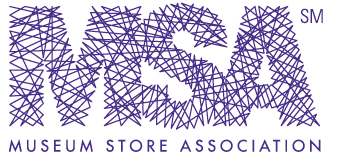
Among the industry issues that will be discussed is fair trade, which will be the focus of a panel discussion. The conference website points out that “as consumers are increasingly interested in the origin of the goods they purchase, the fair trade movement is gaining momentum and is affecting buying in the museum store world. Expert panelists will offer insights into critical aspects of the fair trade industry, including who benefits from fair trade, why retailers should buy fair trade, and questions that should be asked about business practices in order to ensure that products are indeed fair trade.”
Other sessions include presentations on pop-up shops, museum store launches, visual merchandizing, ecommerce, the influence of various cultures, and the importance of museum stores in the overall experience of museum visitors.
The four-day event is expected to bring in 900 participants downtown utilizing an estimated 1,130 room nights, according to organizers. There will be 21 educational sessions, and more than 200 vendors on hand. Approximately 800 institutions are part of MSA with more than 1200 individual members representing those institutions.
Stores in cultural institutions are different from typical retail operations in several ways, the organization points out. “These retail operations play a vital role in supporting the institution’s educational mission. They offer products that provide visitors with mementos and educational materials directly related to their cultural experience.’ Purchases made at museum stores provide important financial support for the institution, officials emphasize.



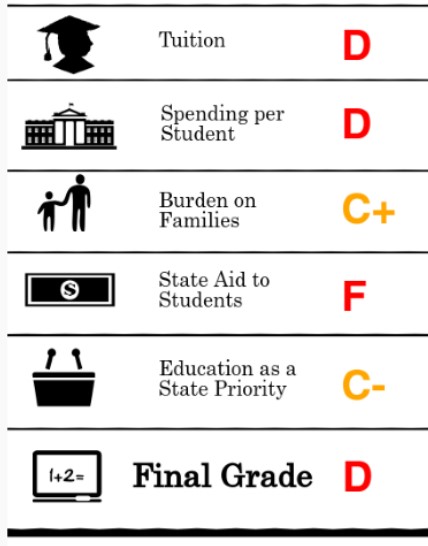 last month by the General Accounting Office in Washington, D.C. for the U.S. Senate found “persistent state budget constraints have limited funding for public colleges” across the country. The result, according to the GAO report: “Students and their families are now bearing the cost of college as a larger portion of their total family budgets.”
last month by the General Accounting Office in Washington, D.C. for the U.S. Senate found “persistent state budget constraints have limited funding for public colleges” across the country. The result, according to the GAO report: “Students and their families are now bearing the cost of college as a larger portion of their total family budgets.”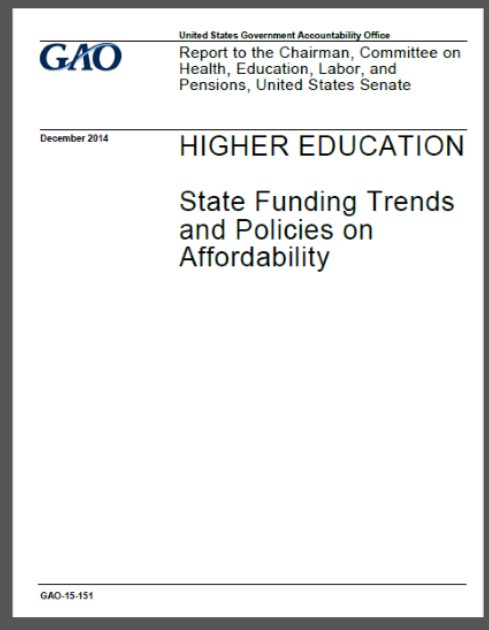
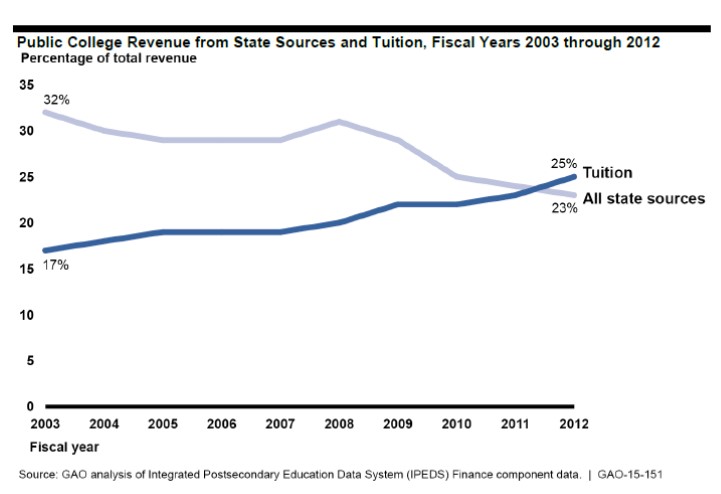 “state grant aid directly affects students in that it can reduce their out-of-pocket expenses for college… state grant aid, both merit- and need-based, has positive effects on enrollment.” The results of one program, in Washington State, cited by GAO “suggests that receiving the aid increased a student’s probability of enrolling in college by nearly 14 to 19 percentage points.”
“state grant aid directly affects students in that it can reduce their out-of-pocket expenses for college… state grant aid, both merit- and need-based, has positive effects on enrollment.” The results of one program, in Washington State, cited by GAO “suggests that receiving the aid increased a student’s probability of enrolling in college by nearly 14 to 19 percentage points.”

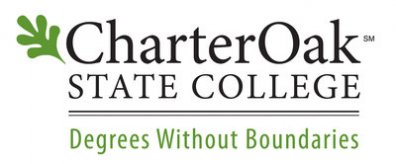

 ields.”
ields.”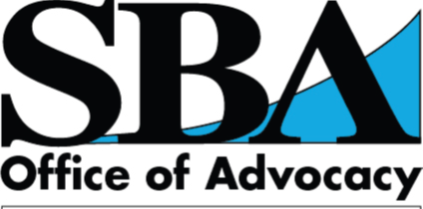
 se Office of Science and Technology Policy notes that “Supporting women STEM students and researchers is not only an essential part of America’s strategy to out-innovate, out-educate, and out-build the rest of the world; it is also important to women themselves.”
se Office of Science and Technology Policy notes that “Supporting women STEM students and researchers is not only an essential part of America’s strategy to out-innovate, out-educate, and out-build the rest of the world; it is also important to women themselves.”


 rcentage increases in ELL students, between 2001 and last year, came in Windham (11.8% increase), Danbury (up 9.4%), Norwich (up 9.1%), and New London and West Haven (both up 7.4%).
rcentage increases in ELL students, between 2001 and last year, came in Windham (11.8% increase), Danbury (up 9.4%), Norwich (up 9.1%), and New London and West Haven (both up 7.4%).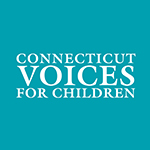 The new interactive tool, on the Connecticut Voices for Children website, enables visitors to track spending across nearly 100 children’s programs over 25 years. Over the last two decades, spending on children’s programs
The new interactive tool, on the Connecticut Voices for Children website, enables visitors to track spending across nearly 100 children’s programs over 25 years. Over the last two decades, spending on children’s programs 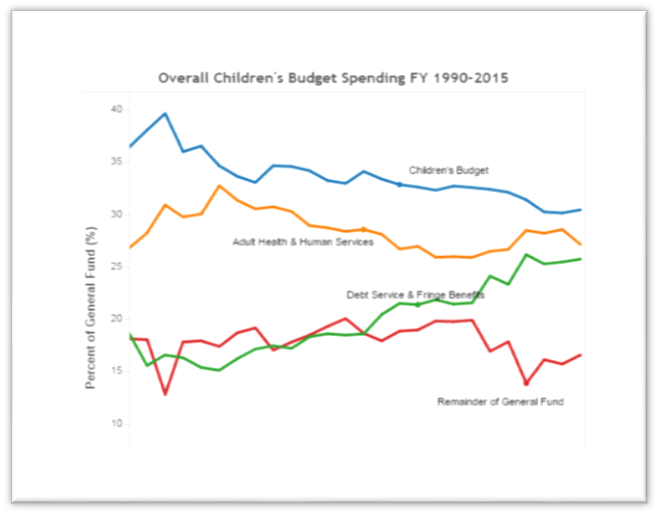

 ent where people with autism or sensory needs, along with their families, can enjoy coming to the theatre together and will feel comfortable, supported and free to be themselves.”
ent where people with autism or sensory needs, along with their families, can enjoy coming to the theatre together and will feel comfortable, supported and free to be themselves.”

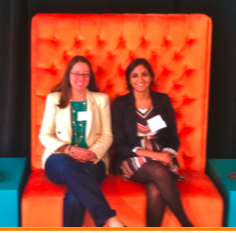 rt this new chapter,” said co-founder and CEO Kate Pipa, who lives in Shelton. “And we are excited to bring kids a new box each month of hands-on fun that also doubles as a learning opportunity and is making social impact for the kids and for our partner organizations.”
rt this new chapter,” said co-founder and CEO Kate Pipa, who lives in Shelton. “And we are excited to bring kids a new box each month of hands-on fun that also doubles as a learning opportunity and is making social impact for the kids and for our partner organizations.”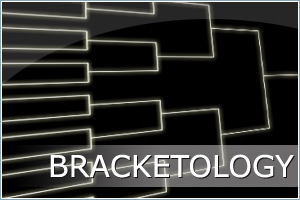 Making the grade are Bridgeport, Hartford, and New Haven. Their respective round one opponents make the Connecticut cities strong underdogs in need of a sizable population surge. Bridgeport goes up against San Francisco, Hartford faces Baltimore, and New Haven is up against Portland. (No, not Portland, Connecticut.)
Making the grade are Bridgeport, Hartford, and New Haven. Their respective round one opponents make the Connecticut cities strong underdogs in need of a sizable population surge. Bridgeport goes up against San Francisco, Hartford faces Baltimore, and New Haven is up against Portland. (No, not Portland, Connecticut.) one of two versions of the game, geographic level: metro areas or states. Then they click on the name of the city in each match-up that you think has the larger population. Green shows a correct answer, red indicates an incorrect answer. Players are urged to “see how close you can come to a perfect score of 63” and then asked to “mouse-over results to view the most current population estimates for each pair.”
one of two versions of the game, geographic level: metro areas or states. Then they click on the name of the city in each match-up that you think has the larger population. Green shows a correct answer, red indicates an incorrect answer. Players are urged to “see how close you can come to a perfect score of 63” and then asked to “mouse-over results to view the most current population estimates for each pair.”


























